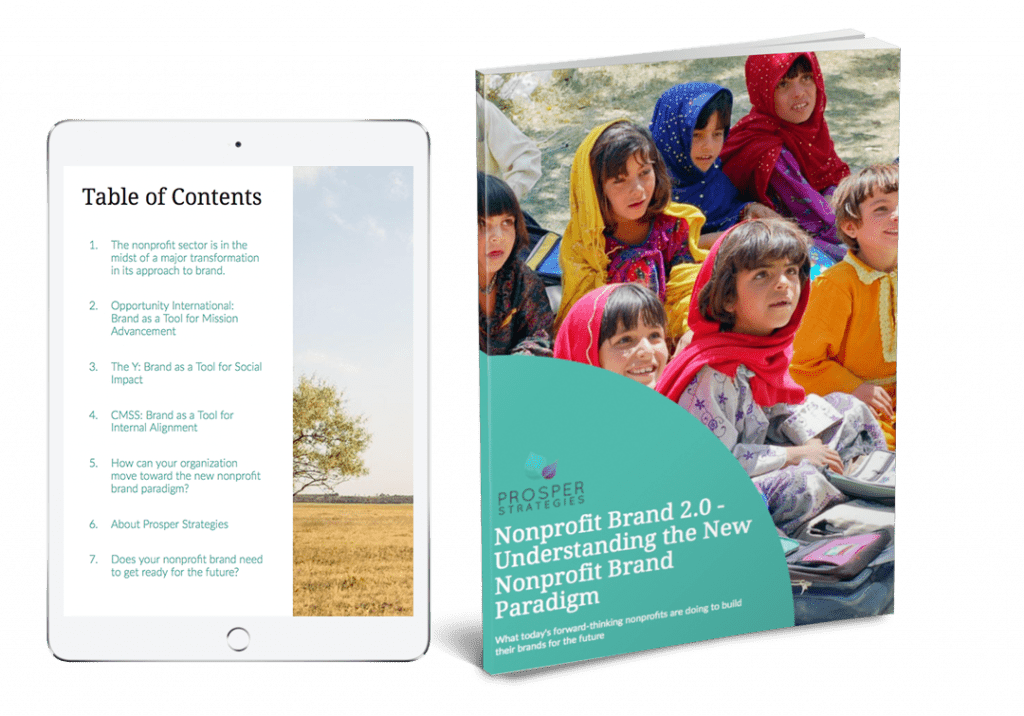Even with plenty of tech tools and marketing/communications touchpoints at our disposal today, it’s not easy for nonprofits to generate the donations they need to sustain their budgets. So, some organizations are looking for creative solutions to their fundraising challenges.
These challenges include preparing for the future while navigating an aging donor base and the unpredictability of millennial giving habits. Furthermore, young people are overwhelmed with the opportunities for social investment, from social enterprises to helping their friends fund medical expenses through crowdfunding. How do you overcome these obstacles?
Like every decision your nonprofit makes, soliciting a new group of donors should be strategic. You want to find people who actually have reason to give to your organization, rather than crossing your fingers and hoping a new group of donors will find you and contribute to your cause. One way to engage a new subset of potential donors is to look to the people who are standing right beside you every day as you work to achieve your mission: your volunteers.
[bctt tweet=”One way to engage a new subset of potential donors is to look to the people who are standing right beside you every day as you work to achieve your mission: your volunteers.” username=”ProsperStrat”]Should you ask your volunteers for donations?
Some organizations may grapple with the question of whether they should ask their volunteers for donations. Should you tap these supporters for more when they already do so much for you? Our answer to this question is a resounding yes.
The fact of the matter is, the people who volunteer with you are the ones who are most engaged with your mission and care the most about seeing it fulfilled. It’s more than likely they absolutely want to participate and continue to give back in other ways beyond volunteering, including fundraising efforts like events and special campaigns, or joining an associate board. Plus, a Fidelity Charitable study found that people who volunteer donate more than those who do not.
[bctt tweet=”The fact of the matter is, the people who volunteer with you are the ones who are most engaged with your mission and care the most about seeing it fulfilled. ” username=”ProsperStrat”]How to engage volunteers for fundraising
First and foremost, you should consider your volunteers to be one of your organization’s core stakeholder groups, not an afterthought. When developing your organization’s messaging strategy –– including your key messages –– include messages specific to your volunteer audience.
And while you can of course send your volunteers ask letters and emails using those key messages, there are many other ways to engage your volunteers on a deeper level as you work to hit your fundraising goals:
Invite volunteers to fundraising events
Do you host an annual gala, trivia nights, auctions or any other special fundraising events throughout the year? If so, invite all of your external stakeholders –– not just your existing donors and prospective donors, but your volunteers as well.
In addition to any special volunteer and staff appreciation events you may host, extend an invitation to your volunteers to buy a ticket to your fundraising galas and events, and encourage them to invite guests of their own. Even if a large event may feel mostly like a fundraiser to you and your internal team, your volunteers will view it as your other donors and supporters do: a celebration of your mission.
Encourage volunteers to share fundraising campaigns with friends and family
Whether it’s a year-end fundraising campaign, a special awareness month campaign or another specific fundraiser, encourage your volunteers to participate by sharing social media posts and forwarding emails, or simply talking to their friends and family about what your organization does. You can even consider creating a special incentive for those who generate the most donations during a special campaign, like a free gala ticket.
This is a great way to expand your organization’s reach and establish Brand Democracy by encouraging your volunteers to be spokespeople for your nonprofit brand.
Leverage an associate board for young professionals
In addition to volunteering on a tactical level, some of your supporters may be interested in discussing and contributing to your organization’s strategies at a higher level. They may also be interested in playing a larger role in planning and organizing the events and initiatives they have volunteered for.
Associate boards are becoming more popular among nonprofit organizations because they have a lower barrier to entry than a governing board in terms of contribution requirements, and can provide your volunteers another opportunity to further your mission in an even bigger way. Plus, it’s a great way to engage younger demographics if you have an older donor base. An associate board is a win-win situation: young professionals are able to flex their skills and build their resumes while contributing to a mission they care about, and your organization can benefit from their fresh perspectives.
How nonprofit organizations engage with their donors is changing.

Is your nonprofit brand future-ready? In our e-book, “Nonprofit Brand 2.0: Understanding the New Nonprofit Brand Paradigm,” you can use the Nonprofit Brand IDEA Framework Scorecard to determine whether your organization’s brand can withstand the changes the future will bring. Download it now.